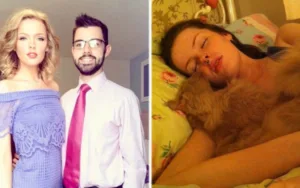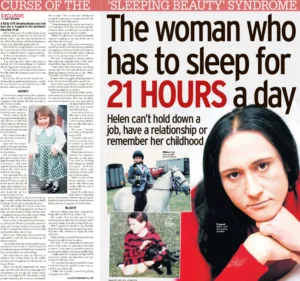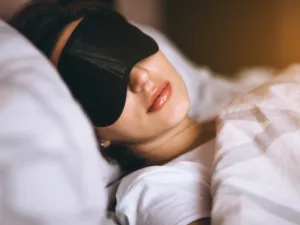Introduction
Welcome to the realm of ‘Sleeping Beauty Syndrome,’ a perplexing condition that has intrigued medical experts and curious minds alike. In this comprehensive article, we will embark on a journey to unravel the secrets surrounding this enigmatic phenomenon. From its definition to potential treatments, we will leave no stone unturned. So, grab a cup of coffee, stay alert, and let’s delve into the world of ‘Sleeping Beauty Syndrome.’
1. Defining ‘Sleeping Beauty Syndrome’
The Core Concept
‘Sleeping Beauty Syndrome,’ scientifically known as Kleine-Levin Syndrome (KLS), stands as a rare neurological disorder primarily afflicting adolescents. Individuals grappling with KLS endure recurring episodes of excessive sleepiness, which can extend for weeks or even months.
Grasping the Episodes
During these episodes, those affected by KLS may find themselves asleep for up to 20 hours a day, accompanied by disorientation and cognitive impairments when awake. These episodes can reoccur intermittently throughout their lives.
2. Unveiling the Mysteries
Onset and Occurrence
KLS typically makes its debut during adolescence, with symptoms abruptly surfacing. However, precisely determining its prevalence remains challenging due to frequent misdiagnoses.
Is It Genetic?
Though specific genetic markers remain undiscovered, instances of KLS running in families suggest a potential genetic predisposition.
Delving into the Brain
Researchers hypothesize that ‘Sleeping Beauty Syndrome’ is linked to abnormalities in the thalamus and hypothalamus, regions of the brain responsible for sleep and appetite regulation.
3. Symptoms of KLS
Beyond Excessive Sleepiness
Aside from prolonged sleep, KLS may manifest through various symptoms, including:
- Hyperphagia: Uncontrolled overeating during episodes.
- Mood Shifts: Experiencing irritability, apathy, or even hypersexuality.
- Hallucinations: Encountering visual or auditory hallucinations.
- Cognitive Challenges: Struggling with concentration and memory issues.
4. Diagnosis and Misdiagnosis
The Diagnostic Conundrum
Diagnosing ‘KLS’ proves to be a formidable task due to its rarity and similarity to other conditions like depression or epilepsy. Misdiagnosis is not uncommon.
The Path to Diagnosis
Accurate diagnosis entails a comprehensive clinical assessment, sleep studies, and the exclusion of other potential conditions.
5. Available Treatment Options
No Magic Solution
Regrettably, there is no specific cure for KLS. The primary focus revolves around managing symptoms and enhancing the patient’s overall quality of life.
Medicinal Approaches
Medical professionals may prescribe stimulants, mood stabilizers, or antipsychotic medications to alleviate symptoms.
Coping Strategies
Learning to manage episodes and their repercussions becomes imperative. Support from therapists and participation in support groups can prove invaluable.
Frequently Asked Questions (FAQs)
Q: Can adults develop ‘KLS’? A: While it primarily affects adolescents, rare cases of adult-onset KLS have been documented.
Q: How long do KLS episodes typically last? A: Episode duration can vary, spanning from several days to several weeks or even months.
Q: Is KLS a lifelong condition? A: Although it can persist for an extended period, some individuals eventually outgrow the syndrome.
Q: Are there preventative measures for KLS? A: Unfortunately, as the precise cause remains unknown, specific preventive measures do not exist.
Q: Can KLS be fatal? A: Generally, KLS is not considered fatal, although it can severely impact one’s quality of life.
Q: Is ongoing research being conducted on KLS? A: Yes, researchers continue to investigate KLS, aiming to unravel its mysteries and enhance treatment options.
Conclusion
‘Sleeping Beauty Syndrome,’ also known as Kleine-Levin Syndrome, remains an intriguing puzzle within the realm of neurology. While no definitive cure exists, comprehending its complexities is crucial for providing support and enhancing the quality of life for those affected. As we persist in our exploration of the intricacies of the human brain, we draw nearer to demystifying conditions like KLS. So, stay curious, stay informed, and let the pursuit of knowledge endure






